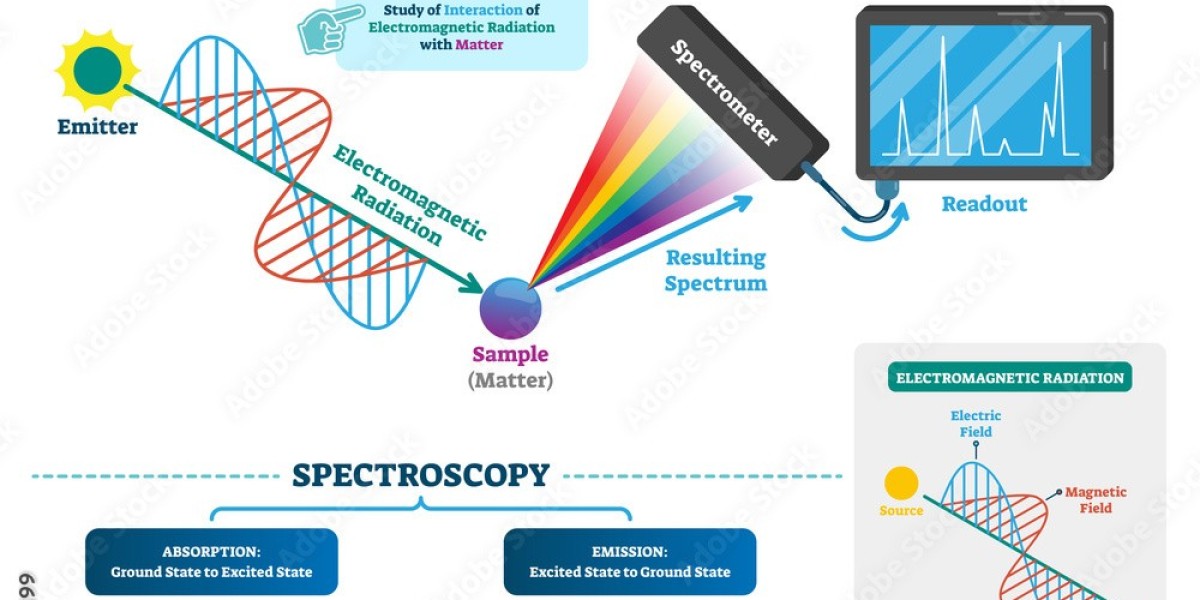Prostate cancer is one of the most common cancers among men worldwide, making early detection and accurate diagnosis essential for effective treatment. While several diagnostic methods are available, ultrasound imaging plays a crucial role in diagnosing prostate cancer. In this blog, we'll delve into the significance of ultrasound in detecting prostate cancer, its benefits, and how it is used in clinical practice.
Understanding Ultrasound Imaging:
Ultrasound imaging, also known as sonography, is a non-invasive diagnostic technique that uses high-frequency sound waves to create real-time images of internal organs and tissues. In the context of prostate cancer diagnosis, transrectal ultrasound (TRUS) is commonly used. During a TRUS procedure, a small ultrasound probe is inserted into the rectum to produce detailed images of the prostate gland.
Benefits of Ultrasound in Prostate Cancer Diagnosis:
- Visualization of the Prostate Gland: Ultrasound allows healthcare providers to visualize the size, shape, and texture of the prostate gland in real time. This enables them to identify any abnormalities, such as suspicious masses or lesions, which may indicate the presence of prostate cancer.
- Guidance for Biopsy: Ultrasound imaging is used to guide prostate biopsies, which are essential for diagnosing prostate cancer definitively. During a biopsy procedure, ultrasound helps healthcare providers accurately target specific areas of the prostate gland for tissue sampling, increasing the likelihood of detecting cancerous cells.
- Monitoring Disease Progression: Ultrasound can be used to monitor the progression of prostate cancer over time, assess treatment response, and detect any recurrence or metastasis. Regular ultrasound examinations allow healthcare providers to track changes in the size and appearance of the prostate gland and identify any new or suspicious lesions.
- Minimal Discomfort: Transrectal ultrasound is a relatively simple and well-tolerated procedure that typically causes minimal discomfort for patients. Compared to other imaging modalities, such as magnetic resonance imaging (MRI), ultrasound is more cost-effective and readily available in clinical settings.
Clinical Application of Ultrasound in Prostate Cancer Diagnosis:
In clinical practice, ultrasound is often used in conjunction with other diagnostic tests, such as digital rectal examination (DRE), prostate-specific antigen (PSA) blood test, and MRI, to evaluate patients for prostate cancer. While ultrasound imaging provides valuable information about the structure and morphology of the prostate gland, it may not always detect small or early-stage tumors. In such cases, additional imaging modalities or biopsy may be necessary for a comprehensive evaluation.
Conclusion:
Ultrasound imaging plays a vital role in diagnosing prostate cancer by providing detailed visualization of the prostate gland and guiding biopsy procedures. As part of a multi-modal approach to prostate cancer diagnosis, ultrasound helps healthcare providers accurately detect and stage the disease, facilitating timely intervention and treatment. By leveraging the benefits of ultrasound technology, healthcare professionals can improve outcomes for patients with prostate cancer and enhance their overall quality of care.









